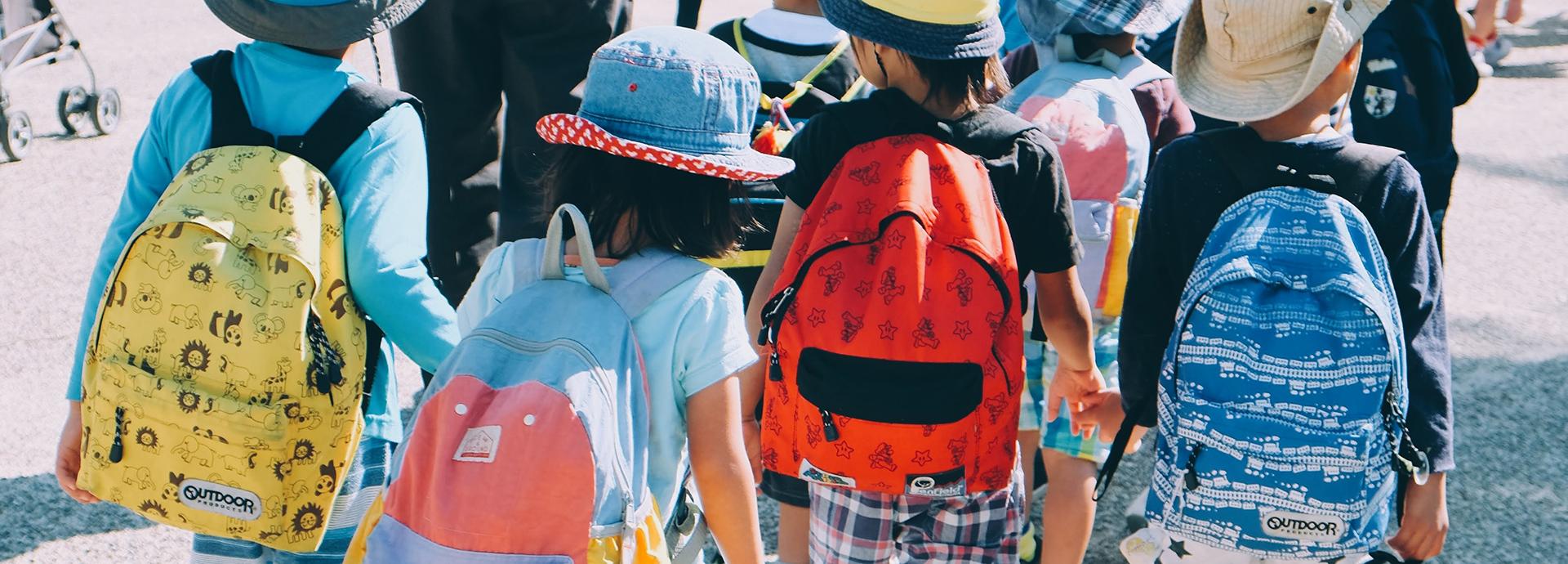Challenge 1: Combining distance and in-person learning
Other tips shared to combat the challenge:
- Technological issues, created a centralized help-desk/call center
- Asynchronous and synchronous work, flipped classrooms
- Teachers given an option which to teach, ADA considerations. Make sure face to face do not exceed class size limits
- Rearrange staffing to have at least 2 per space (using support staff, resources are a consideration)
- Concurrent teaching (bought cameras) to not have to change schedules when move between models...but this caused some anxiety among teachers due to teaching in more than one format
- Physical environment in the hybrid model. Reducing to 12 in a classroom to allow for 6 feet of Social Distancing resulting in an A/B schedule and ½ of the in person learning time.
Challenge 2: Building school community in a virtual learning environment
Other tips shared to combat the challenge:
- Virtual Relationship Building
- Weaving in of Social Emotional support structures.
- Building resilience, focus on self care, check on each other, care for each other.
- The ability to have students back has built community.
- Being able to create normalcy in an environment in which things are not normal.
- Creating connectedness in an age of disconnectedness.
- Making learning fun (House scavenger hunts, virtual assemblies, creation opportunities (virtual clubs).
- In addition to looking for Social Emotional support.
Challenge 3: Managing teacher anxiety while also challenging them to excel during a pandemic
Other tips shared to combat the challenge:
- A volunteer system was created to allow teachers to volunteer for Full Distance Learning regardless of the situation (Health, Health of loved one, preference). This lowered anxiety levels significantly for those in our top tier of concerns.
- Principal hosted Morning Meeting every day for 30 minutes for teachers. Teachers could ask questions about distance learning. There was a place for teachers to share their concerns.
- Lots of communication via email, principal is sharing a weekly video message.
- Staff members have one-on-one meetings with teachers. Zooming into classrooms and asking teachers to share their “tech bites” with other teachers - allowing teachers to show they are leaders and experts.
- Making sure teachers feel like they are not alone. 2pm unofficial coffee break in Finland - teachers could join if they wanted
- Individual text messages to teachers/staff to check in. Focusing on our teachers who are also parents of young children - they have needed extra support, space for venting, and space.
- Multiple safety precautions in place at schools - demonstrating to teachers/staff that our focus is on their safety.
Challenge 4: How to manage at-risk students and lead for more equity in opportunities and outcomes?
Other tips shared to combat the challenge:
- Weaving in the Social Emotional Support, outreach support resources.
- Hybrid model:
- Reviewing student needs of those who are disengaged historically and bring them in additional time (4 days)
- Using trauma sensitive practices has been part of PD, now learning how to do so in a virtual environment
- Measure how many opportunities students have to respond in a three minute time period do can get student voices in the room
- Measure ratio of positive interactions to negative or corrective 5:1
- Ensure that teachers have structure and predictability in student day, including weekly or daily checklist
- PBIS adapted for online
- Communication protocols to ensure all teachers are aware of student needs
- Weekly emotional and basic needs check in for every student
- Multi-tiered systems of support adapted to trigger processes for remote students as well (attendance, participation, emotional/mental health support needs, etc)
- Distributed laptops for those in need
- Bringing onsite for additional time for those in need

